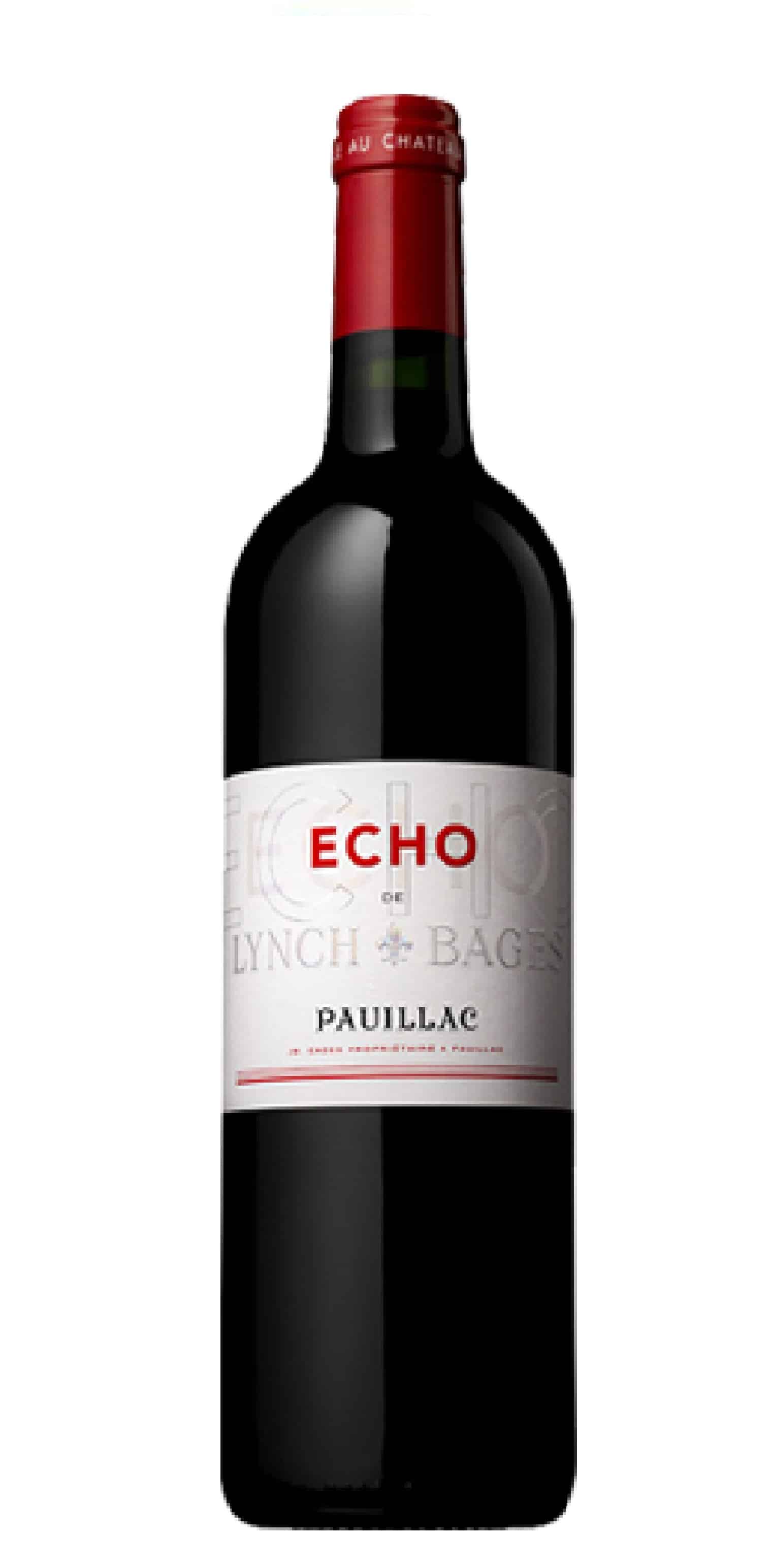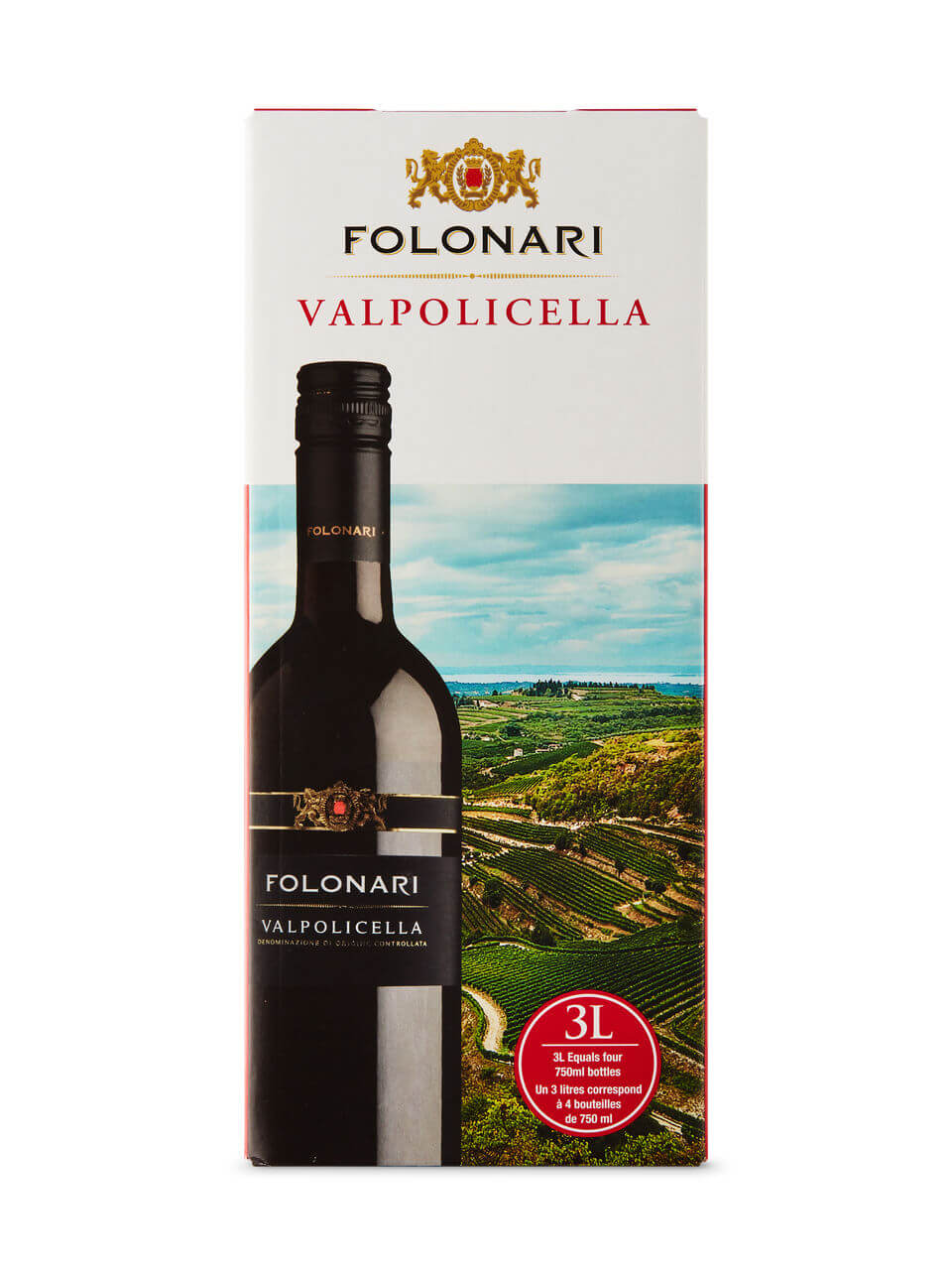While it’s true my ‘day job’ affords me the opportunity to enjoy wines that are beyond the reach of most of us, including me, they are not my personal reality.
Recent engagement events at work have presented access to exceptional wines, including Château Ausone 2006, Château Haut-Brion 1995, and Château Lafite Rothschild 1990, to name but a few. But make no mistake, those rare wines, worth thousands of dollars each, are not in my personal cellar.
Of the 1,014 bottles currently resting in my cellar, the average price per bottle is just $67. Surprising? Perhaps, but the range is $18 through to $745 per bottle – with the vast majority (85%) under $100 per bottle. Still sounds wine snobby, but not really – they’re all for sharing. Who remembers the pandemic induced #tnselfcarechallenge?
Assuming you don’t want a deep cellar but do appreciate fine wine and also value your hard-earned money, finding quality wines at reasonable prices can be a rewarding pursuit. With a bit of imagination and an open mind, you can enjoy brilliant wines without breaking the bank.
One strategy is to explore wines from regions or communes directly attached or just down the road from high-profile neighbouring wine appellations. These next-door communes often produce wines of comparable quality to their prestigious counterparts but at a more accessible price point.
For example, while Chablis AOP wines can command a high price, its neighbour, Petit Chablis AOP, offers similarly crisp and mineral-driven wines, albeit with a bit more acidity, for less. In Burgundy, consider wines from Côte Chalonnaise or Mâconnais instead of the pricier Côte de Nuits. In Bordeaux, wines from Fronsac or Haut-Médoc can be a notable alternative to the expensive Pauillac or Margaux. These regions benefit from similar terroir and climatic conditions, providing terrific wines without the premium price tag.
And look for Village level wines. Nothing says you need to consume 1er or Grand Cru wines to have an enjoyable evening with friends and family. Save those for special occasions.
When it comes to the US wine market, California’s Napa Valley is often top of mind, but their wine comes with higher prices. Consider lesser-known regions like Sonoma County, or even further afield like Paso Robles, Lodi or Santa Barbara County – all with wonderful wines for a fraction of the price.
If your focus is lighter wines like Pinot Noir or Pinot Gris, Willamette Valley in Oregon can be tough on the pocketbook, so look to the Rogue or Umpqua Valleys for impressive wines at value pricing.
Another approach I take is to purchase the second wines of renowned producers. These second labels, often made from grapes or barrels not selected for the flagship wine, still reflect the high standards and expertise of their producers but are available at a fraction of the cost.
For instance, Château Margaux’s second wine, “Pavillon Rouge” ($1,295 vs $399), or Château Lafite-Rothschild’s “Carruades de Lafite” ($1,495 vs $490), offer a taste of top-tier winemaking without the premium price. But those are the best of the best. What about the rest. Here’s a few to consider:
| Château Palmer's “Alter Ego de Palmer” ($735 vs $175) - this is their second wine from a Third Growth estate in Margaux. Château Montrose’s “la Dame de Montrose” ($340 vs $85) - from a Second Growth estate in Saint-Estèphe. Château d’Issan’s “Blason d'Issan” ($125 vs $55) - another Third Growth from Margaux. Château Lynch-Bages’ “Echo de Lynch Bages” ($260 vs $89) - a Fifth Growth from Pauillac. |
Moving out of the premier wine regions and expanding your horizons to the wines of South America can yield impressive finds. Argentina and Chile are renowned for their high-quality, affordable wines.
Argentinian Malbecs are known for their robust flavours and exceptional value, making them a great choice for those not looking to empty their wallet. Chilean wines, especially Cabernet Sauvignon, Carménère, and Chardonnay, also offer remarkable quality at competitive prices. These wines often boast rich, complex profiles that can rival more expensive wines from traditional European regions.
Now, here’s a twist for your backyard party, camping trip, cottage break, or Tuesday night dining. Bag-in-Box wines. Yup – you read that correctly. I have been known to break open a bag-in-box and enjoyed what poured out of the spout. But selection here is really the key.
Unlike the first iterations that came to your local liquor stores a decade ago, some of the modern bag-in-box wines have significantly improved in quality and offer excellent value. The packaging method is more economical, and the savings are often passed on to the us – the purchaser.
A major advantage of bag-in-box wine is its extended shelf life once opened. As bag-in-box wines are typically 3L, equivalent to four bottles, you want to know it will last. The vacuum-sealed bag prevents oxidation, keeping the wine fresh for several weeks – I’ve had ones last for six weeks without issue.
Generally, the challenge is to consider the sugar content in these bag-in-box wines. Unfortunately, the lesser producers use excessive sugar to mask imperfections and lower the overall quality of the wine. Many of the bag-in-box options have sugar contents between 7-9 g/L, with some as high as 13 g/L. Wines with lower residual sugar tend to be more balanced and versatile.
So, what are my go-to bag-in-box wines? Here are the two that you will regularly find in my wine fridge:
Folonari Valpolicella Classico DOC. This Italian red is produced from the iconic grapes of the Valpolicella region – Corvina, Molinara, and Rondinella. The wine features vibrant cherry flavours with a hint of spice, making it a versatile and approachable choice for everyday enjoyment. It pairs beautifully with a variety of dishes, from pasta to grilled meats. Critics have rated this wine as high as 93 points. Alcohol 12.5% with sugar at 2.3 g/L.
Folonari Pinot Grigio Delle Venezie DOC. This crisp, refreshing white wine from Italy boasts notes of green apple and citrus. It’s an excellent choice for pairing with seafood, salads, and light appetizers, especially during the warmer months. While it hasn't been rated by professional critics, it holds a rating of 3.7 to 3.9 out of five on several wine tracking apps. Alcohol 12% with sugar at 4.7 g/L.
In Ontario LCBO locations, these wines retail for ≈$51 per box, which is equal to $12.75 per 750ml bottle. But you can often find both on sale for $46 for 3L or $11.50 per bottle.
Finding good quality wines at reasonable prices is not only possible but with the right approach it is enjoyable and educating. And you read it here first – this ‘wine snob’ drinks bag-in-box wines and enjoys them. Who knew???
À votre santé!
Trevor Noonan, CCM, CCE, ECM is the Chief Operating Officer of Toronto Club. With a cellar of over 13,000 bottles, the Club offers its Members 12-15 wine dinners per year, some with Cellarmasters of the most iconic Chateaux and Domaines in the world. Trevor also serves the Club as an importing agent, overseeing a private wine society for the Club’s Membership. This program has imported an average of $650K a year in wines that are exclusive to the Club.














